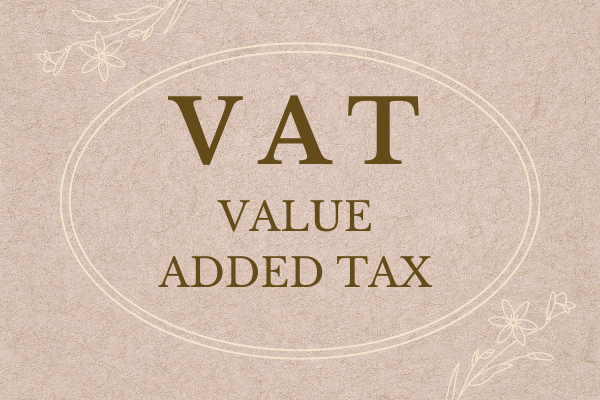Value Added Tax (VAT) is a consumption tax on labor and products that is demanded at each phase of the store network where worth is added, from starting creation to the retail location.
How much VAT the client pays depends on the expense of the item less any expenses of materials in the item that have proactively been charged at a past stage.
What is the full form of VAT? – Value-added Tax

KEY TAKEAWAYS
- Value-added tax, or VAT, is added to an item at each place of the store network where worth is added to it.
- Advocates of VATs guarantee that they raise government incomes without rebuffing the well off by charging them more through a personal duty. Critics say that VATs put an unjustifiable monetary weight on lower-pay citizens.
- Albeit many industrialized nations have VAT, the United States isn’t one of them.
Understanding Value-Added Tax (VAT)
VAT depends on utilization instead of pay. As opposed to a dynamic personal expense, which imposes more duties on the rich, VAT is charged similarly on each buy.
In excess of 160 nations utilize a VAT framework. It is generally regularly viewed in the European Union (EU). By and by, it isn’t without controversy.
Advocates say VAT raises government incomes without charging affluent citizens more, as personal expenses do. It likewise is thought of as less complex and more normalized than a conventional deals charge, with fewer consistency issues.
Pundits contend that VAT is basically a backward expense that puts unnecessary monetary weight on lower-pay customers while expanding the bureaucratic burden on organizations.
How VAT functions
VAT is demanded on the gross margin at each point during the time spent manufacturing, disseminating, and selling a thing. The expense is surveyed and gathered at each stage. That is not the same as a sales tax system, in which the expense is surveyed and paid exclusively by the customer at the end of the supply chain.
Say, for instance, a candy called Dulce is made and sold in the nonexistent nation of Alexia. Alexia has a 10% VAT.
History of Value-Added Tax (VAT)
VAT was generally a European creation. It was presented by French duty authority Maurice Lauré in 1954, albeit burdening each phase of the creation cycle was said to have first been drifted a century sooner in Germany.
By far most of the industrialized nations that make up the Organization for Economic Co-activity and Development (OECD) have a VAT framework. The United States stays an outstanding exception.1
As indicated by one International Monetary Fund (IMF) study, any country that changes VAT at first feels the adverse consequence of diminished charge incomes. Over the long haul, nonetheless, the review presumed that VAT reception has in most cases expanded government income and demonstrated power.
VAT has acquired a regrettable underlying meaning in certain areas of the planet, in any event, harming its defenders strategically. In the Philippines, for instance, Sen. Ralph Recto, a main defender of VAT in the mid-2000s, was removed from office by the electorate when he ran for re-election. However, in the years that followed its execution, the populace in the long run acknowledged the tax. Recto wound up observing his direction back to the Senate, where he turned into the defender of an extended VAT.